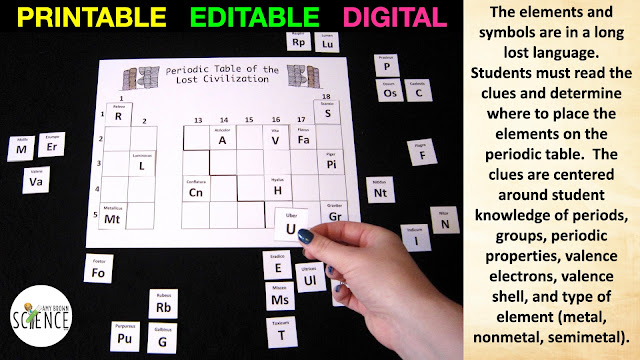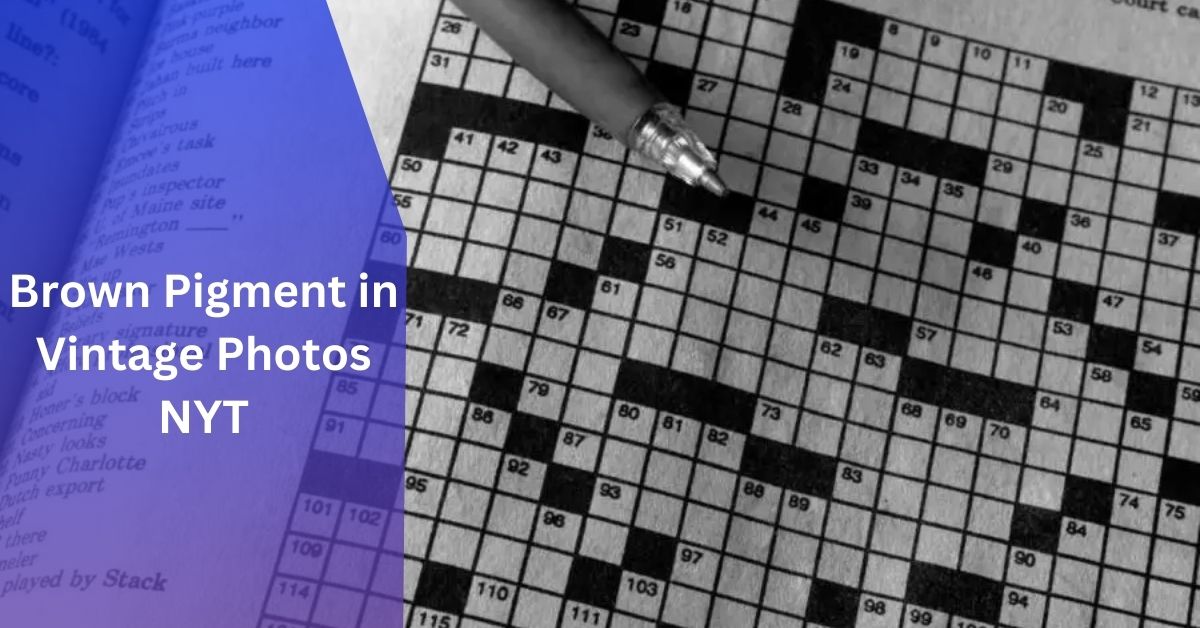Crossword puzzles have been a popular pastime for many, combining mental stimulation with a sense of accomplishment. Among the various crossword clues, “Brown pigment in vintage photos NYT ” is a particularly interesting one that has stumped many enthusiasts.
This clue, often seen in puzzles such as those featured in the New York Times (NYT), refers to a specific element related to the history of photography.
What is the Brown Pigment in Vintage Photos?

The answer to the crossword clue “Brown pigment in vintage photos NYT ” is typically “Sepia.” Sepia is a reddish-brown pigment derived from the ink of the cuttlefish, which was historically used in drawing and writing. However, in the context of vintage photographs, sepia refers to a specific toning process that gives photos a warm brownish tone, which was popular in the late 19th and early 20th centuries.
The History and Significance of Sepia in Photography:
Origins of Sepia Toning
Sepia toning originated in the mid-1800s as a method of extending the life of photographs. Photographers discovered that treating black-and-white prints with sepia made the photos more resistant to fading. The process involved converting silver into a more stable compound, silver sulfide, which not only enhanced the photograph’s durability but also gave it a distinctive brownish hue.
Sepia’s Aesthetic Appeal
Beyond its practical benefits, sepia toning became popular for its aesthetic qualities. The warm tones of sepia conveyed a sense of nostalgia and timelessness, making it a favored choice for portrait photography and family albums. This characteristic brown pigment added depth and emotion to photographs, which is why sepia-toned images remain beloved by vintage photography enthusiasts today.
Sepia in Modern Times
In the digital age, sepia toning has experienced a resurgence, not as a necessity but as a stylistic choice. Many digital photo editing tools offer sepia filters, allowing users to recreate the classic look of vintage photographs. This modern application of sepia reflects a broader trend of nostalgia in contemporary culture, where people seek to connect with the past through visual elements like sepia-toned photos.
Also Read: Sta Ecnl Kevin Rao – A Rising Star in STA ECNL Soccer!
Solving Crossword Clues: A Blend of Knowledge and Intuition
Crossword puzzles are not just about knowing the answer but understanding the context of the clue. When you encounter a clue like “Brown pigment in vintage photos,” your mind might first wander to various shades of brown or specific pigments. However, understanding the historical and cultural significance of sepia in photography can help you arrive at the correct answer more efficiently.
Tips for Solving Crossword Clues:
- Contextual Awareness: Consider the theme of the crossword puzzle. If the puzzle revolves around photography or history, clues related to vintage photos might be referring to sepia.
- Pattern Recognition: If you already have some letters filled in, use pattern recognition to narrow down the possible answers. For example, if the clue has four letters, and you already have “S” and “A” in the answer, “Sepia” becomes an obvious choice.
- Cultural Knowledge: Familiarize yourself with terms that frequently appear in crosswords. “Sepia” is a common answer for clues related to vintage photography or brown tones.
The Role of Crossword Puzzles in Mental Stimulation:

Crossword puzzles, including clues like “Brown pigment in vintage photos,” offer more than just entertainment. They are a powerful tool for mental stimulation, helping to improve vocabulary, problem-solving skills, and memory. Here’s how:
Cognitive Benefits
- Memory Enhancement: Solving crossword puzzles requires recalling words, meanings, and facts, which strengthens memory.
- Vocabulary Expansion: Crossword puzzles introduce solvers to new words and terms, enriching their vocabulary.
- Problem-Solving Skills: The process of interpreting clues and deducing answers hones problem-solving abilities.
Psychological Benefits
- Stress Relief: Engaging in puzzles provides a mental escape, helping to reduce stress and anxiety.
- Sense of Accomplishment: Completing a challenging crossword puzzle offers a sense of achievement, boosting self-esteem.
The Cultural Impact of Crossword Puzzles:
Crossword puzzles have been a part of American culture for over a century, with the New York Times crossword being one of the most famous. These puzzles have evolved from simple word games to complex challenges that engage a wide audience.
Also Read: Bttaskcaranthirmeteor.ws in The Witcher 3 – An In-Depth Exploration!
Evolution of Crossword Puzzles
- Early Days: The first crossword puzzle, published in 1913 by Arthur Wynne, was a simple word game. Over the years, the puzzles have become more sophisticated, incorporating themes, wordplay, and obscure references.
- The New York Times Influence: The NYT crossword, first published in 1942, set the standard for modern crosswords, known for its difficulty and cultural references. Clues like “Brown pigment in vintage photos” reflect the puzzle’s ability to weave history, art, and language into a single clue.
Crosswords as a Social Activity
- Community Bonding: Crossword puzzles can be a social activity, bringing together friends, family, and even strangers to solve clues collaboratively.
- Crossword Competitions: Competitions like the American Crossword Puzzle Tournament highlight the competitive aspect of crosswords, where solvers test their speed and accuracy.
FAQ’s:
1. What is the significance of sepia in vintage photography?
Sepia toning was originally used to extend the life of photographs by making them more resistant to fading. It also added a warm, nostalgic tone that became popular for portraits and family albums.
2. How is sepia toning achieved in photography?
Sepia toning is achieved by converting the silver in a black-and-white photo into silver sulfide, which gives the image its characteristic brownish hue.
3. Why is sepia still used in modern photography?
Sepia is used today primarily for its aesthetic appeal. It evokes a sense of nostalgia and timelessness, making it a popular choice for artists and photographers who want to give their images a vintage look.
4. What other pigments were used in early photography?
Other pigments used in early photography include cyan (for cyanotypes) and various chemical toners like gold and selenium, which altered the color and longevity of photos.
5. How can I add a sepia effect to my digital photos?
Most photo editing software, such as Adobe Photoshop, offers a sepia filter or toning option that can be applied to digital images to recreate the vintage look.
6. Are there any famous sepia-toned photographs?
Many historic portraits from the late 19th and early 20th centuries are sepia-toned, including iconic images of American Civil War soldiers and early 20th-century family portraits.
7. What is the difference between sepia and black-and-white photography?
While black-and-white photography uses shades of gray, sepia toning adds a brownish tint, giving the photo a warmer and more antique appearance.
8. Can sepia toning be reversed?
Once a photo has been toned with sepia, the process is generally irreversible. However, digital images can be edited to remove or alter the sepia effect.
9. What is the origin of the word “sepia”?
The word “sepia” comes from the Greek word for “cuttlefish,” from which the brown ink used in sepia toning was originally derived.
Conclusion:
The clue “Brown pigment in vintage photos” opens the door to a rich history of sepia toning in photography, a process that has left a lasting impact on both art and culture. Understanding the nuances of this clue not only helps in solving the puzzle but also deepens appreciation for the art of photography and the evolution of visual aesthetics.








